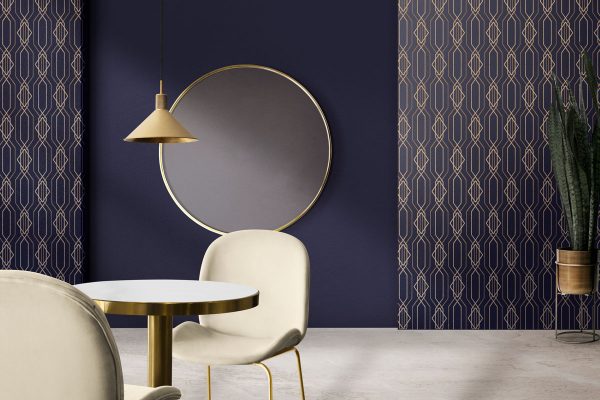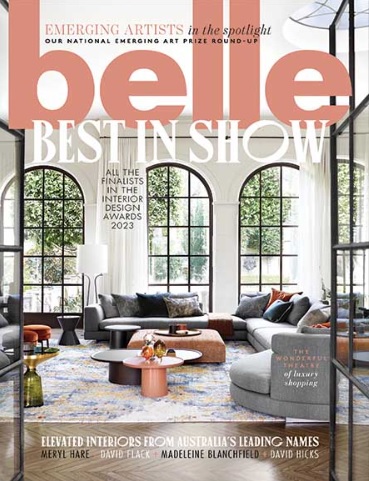Many people today believe the English invented wallpaper. However, as surprising as it might sound, wallpapers originated in China.
In the beginning
The inception of wallpapers can be traced back to the Qin Dynasty. A Chinese court official, Tsai Lun, invented paper in 105 B.C.E using a mixture of hemp, bamboo fibres, linen and mulberry bark (according to The Wallpaper Book by Geneviève Brunet).
Soon after, the Chinese started using paper as an adornment for their homes, hand-painting the paper and displaying it on their walls. These wall painted papers formed the basis for modern-day wallpapers.
In the 15th century, wallpapers made their way to Europe with ‘domino’ prints and designs made from woodblock prints. Initially, the prints were of political or devotional images but later went on to include repeated geometric shapes.
At first, wallpaper was considered a cheaper alternative for covering flaws and improving insulation. Only later did it become an affordable solution for beautifying the home interior.
Pioneers of wallpaper design
William Morris
It wasn’t long before decorative wallpapers reached Great Britain, where they were enhanced further by William Morris, a British textile designer and artist associated with the British Arts and Crafts Movement.
During his career, Morris produced over 50 wallpapers. What made these wallpapers stand apart from others was that they featured naturalistic unique patterns that were also quietly radical. Morris’s contribution to the wallpaper craft in Britain is of immense importance, just like Florence Broadhurst’s contribution to decorative wallpaper art in Australia and the world.
Florence Broadhurst
Florence Broadhurst was an Australian painter, wallpaper and fabrics designer whose contribution to Australian arts is immense. Born in 1899 in Queensland, she was popularly known as the ‘Queen of Wallpapers’ due to her significant contribution to this form of art.
Her colourful career included singing across southeast Asia, running a finishing school in Shanghai and reinventing herself as a couturier in London.
On her return to Australia in the 1950s, Florence vowed to bring more colour into the country and so began yet another career, that of designing wallpaper. (However, she was more notorious for her flamboyant lifestyle and wild parties.)
Broadhurst’s work, including some of her most famous designs, were recently revived by the Signature Design Archive. Even today, top designers like Ilse Crawford and Deborah Lloyd, creative head of Kate Spade design, recognise the timelessness and ground-breaking character of Florence’s wallpaper designs.

Is wallpaper maximalist or minimalist?
Trends change and as they change, we find new ways of interpreting different interior styles. Some like to keep it minimal and clean while others prefer a bolder, brighter interior. But whatever your preference, you’ll find a wallpaper to suit your taste.
In maximalist interiors, wallpapers can be used to create drama. In a minimalist setting, you can use wallpaper on an accent wall to add life and warmth to an otherwise cold room.
Can we help with your Inner West property?
Whether you want to talk about interiors or get our advice on selling or renting your home, we’re here for you. Get in touch with us at Belle Property Balmain.
Looking for help selling your home or renting your investment property? Our team at Belle Property Balmain support homeowners across Balmain, Balmain East, Birchgrove, Rozelle and Lilyfield. Feel free to get in touch for a no-obligation discussion or property appraisal.




